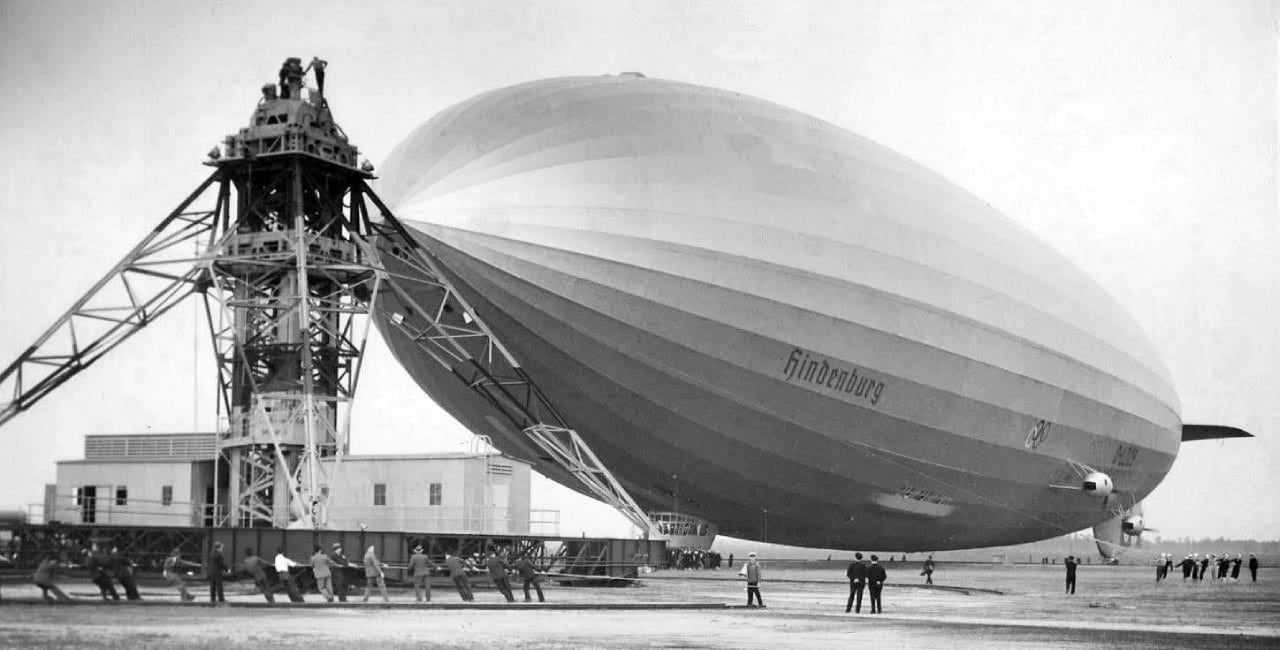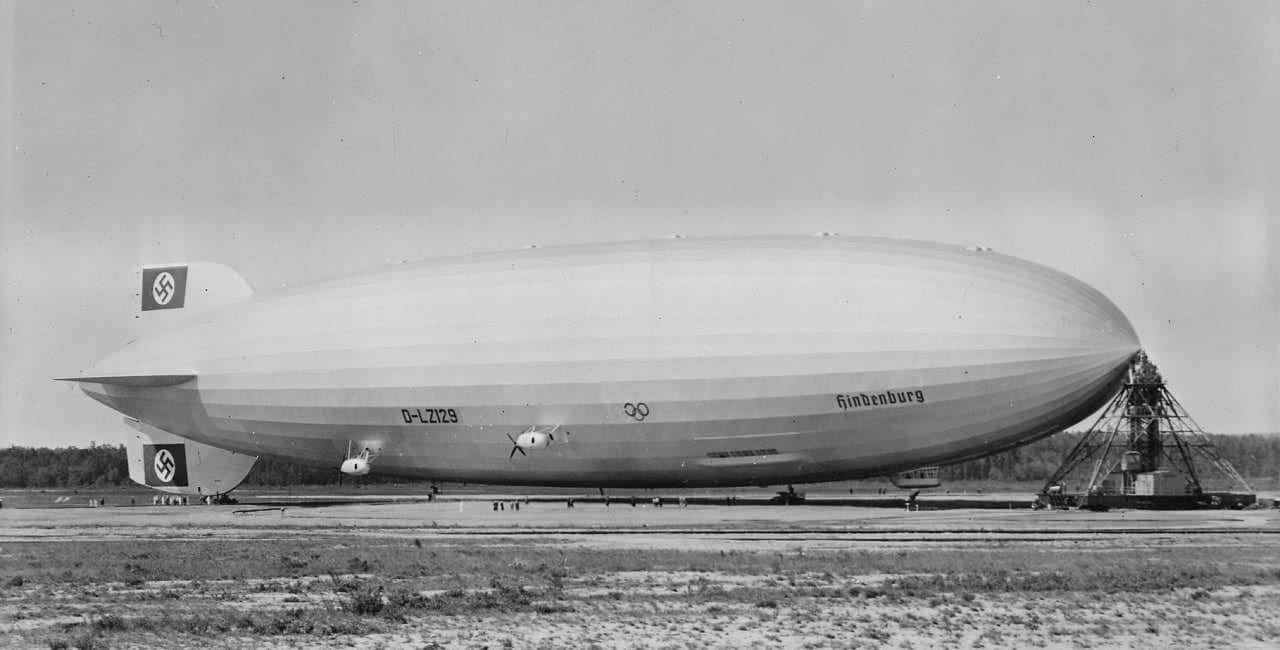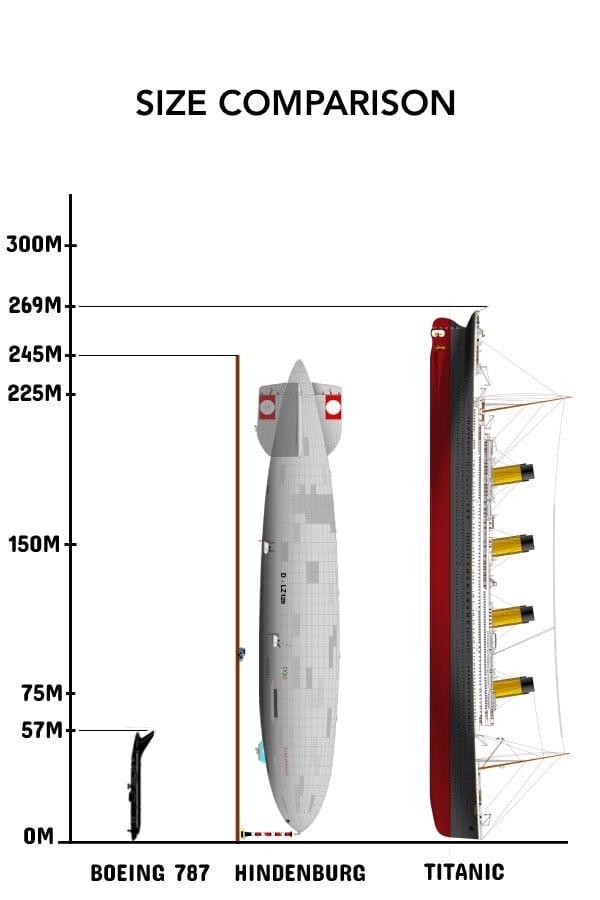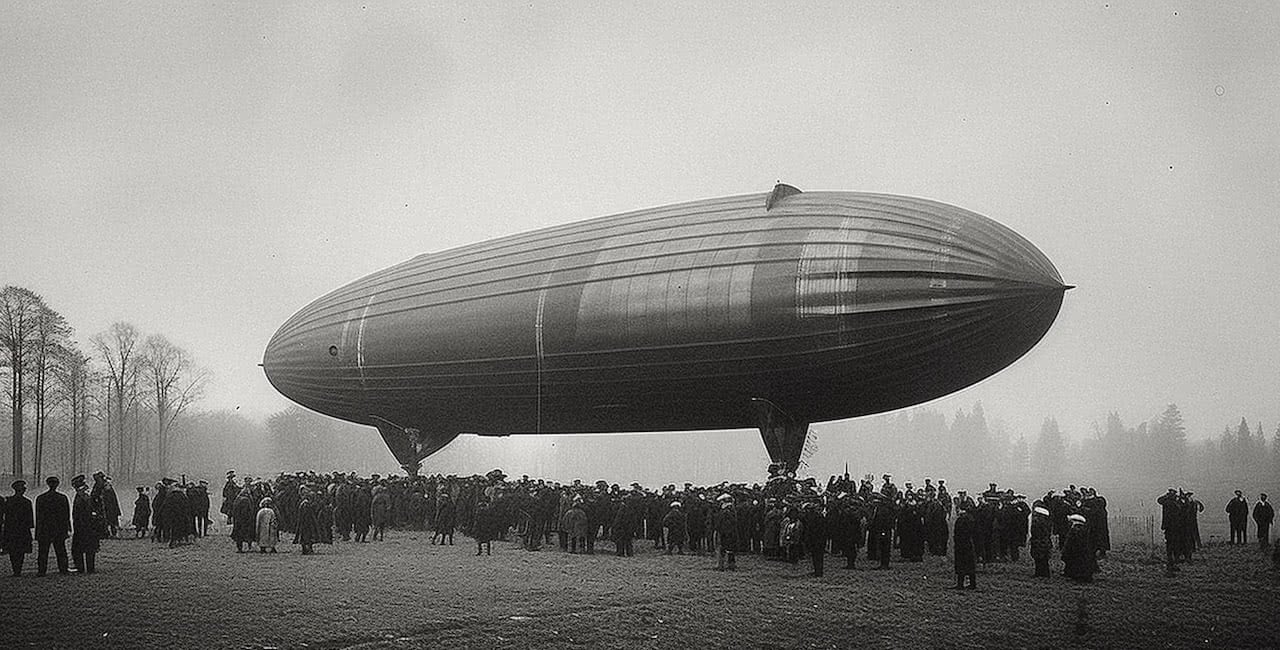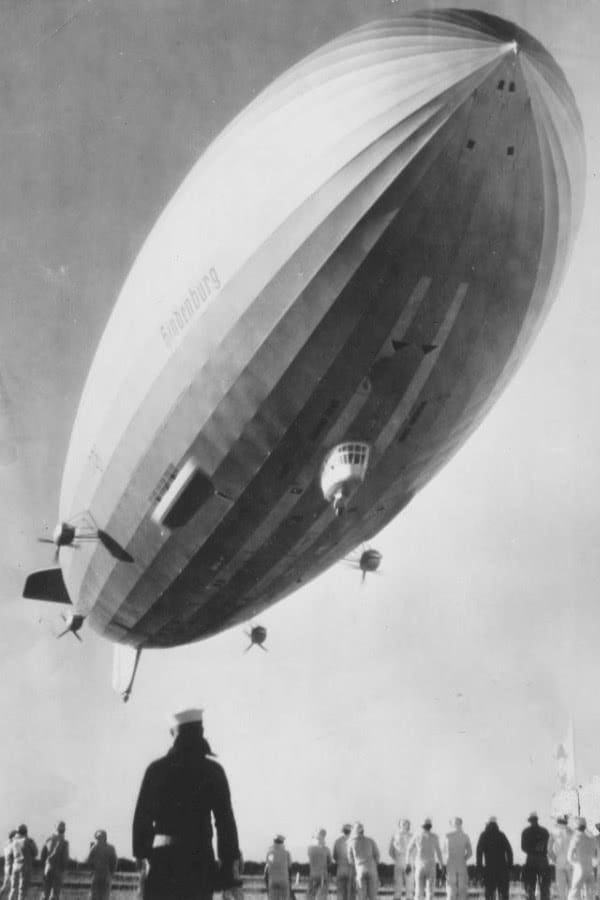The Hindenburg airship was not only the largest one ever created, but also one of the most iconic in the history of aviation.
The LZ 129 Hindenburg, as it was also known, represented an engineering prodigy and a symbol of the golden age of airships. Although they are not commonly seen today, they were a means of transport of great significance in the early 20th century.
In this article, we will explore the history of airships in general and the Hindenburg in particular, as well as their applications, achievements and tragic end. Will you join us on this historical journey?
Contents

